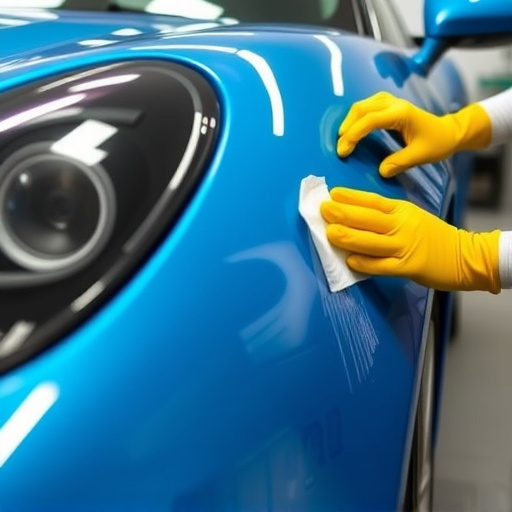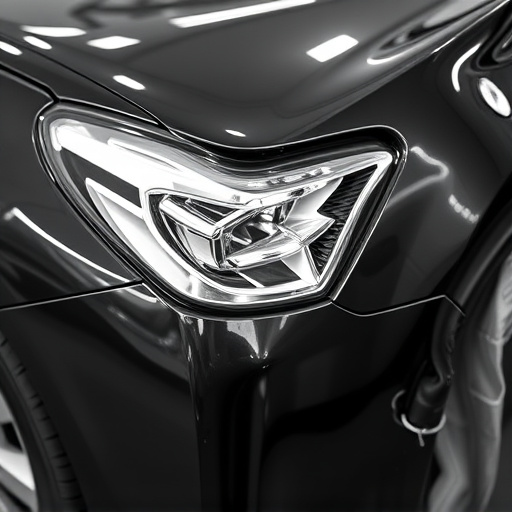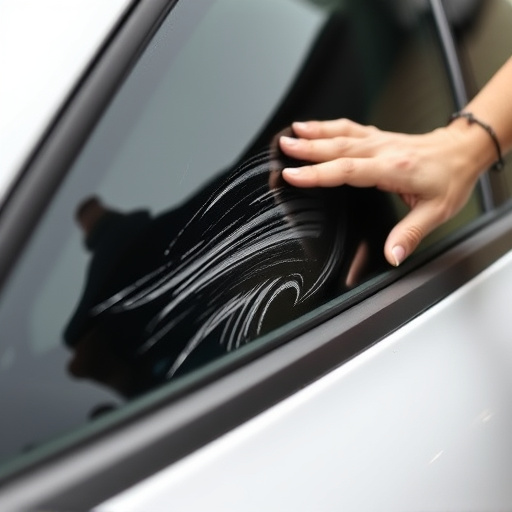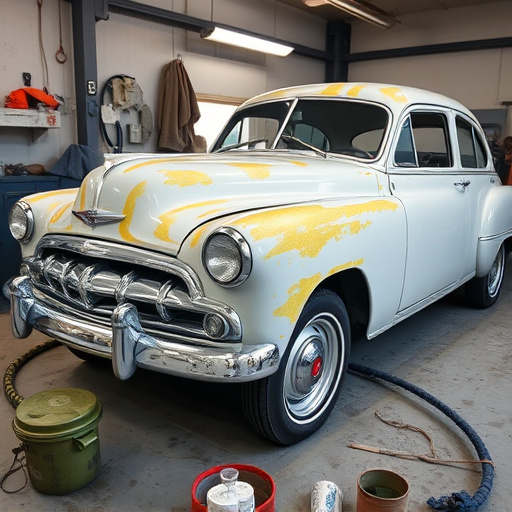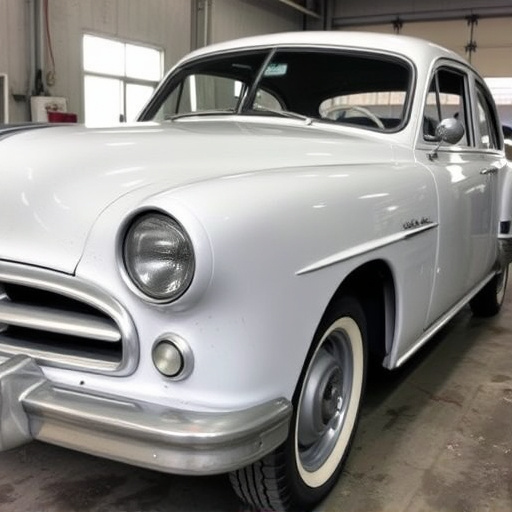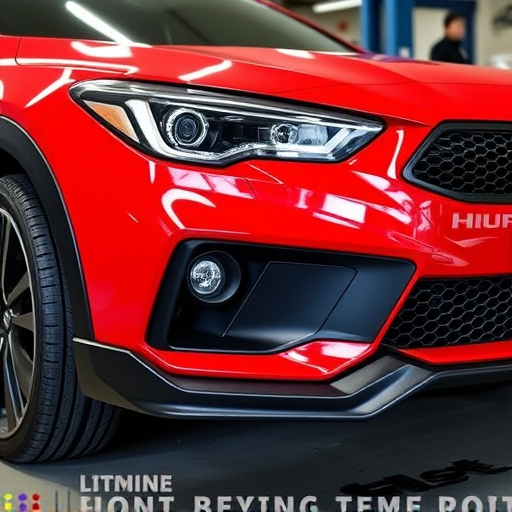Certified PDR technicians are automotive experts skilled in precise damage repair, utilizing techniques like Plastic Deformation Repair to address bodywork issues from minor dents to complex panel replacements. Their expertise minimizes paint alteration, maximizes use of original parts, and reduces repair times/expenses, contributing to sustainability. Demanding yet rewarding, this field is driven by increasing demand for skilled technicians, leading to interactive training programs that combine theoretical knowledge with hands-on workshops and real-world applications, using innovative digital tools to equip practitioners for modern automotive repairs.
Training programs play a pivotal role in shaping the future of the automotive industry by cultivating skilled certified PDR technicians. As the demand for precision damage repair continues to grow, efficient training is essential. This article explores the multifaceted approach to educating these professionals, focusing on their critical role, essential training components, and emerging trends. We delve into strategies that ensure technicians are equipped with the knowledge and skills needed to excel in this specialized field.
- Understanding the Role of Certified PDR Technicians
- Essential Components of Effective Training Programs
- Current Trends and Innovations in PDR Technician Education
Understanding the Role of Certified PDR Technicians
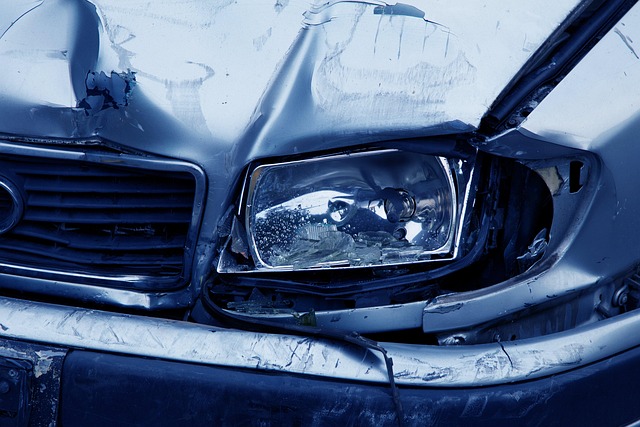
Certified PDR technicians play a pivotal role in the automotive industry, specializing in precision damage repair for cars. Their expertise lies in meticulously restoring vehicles to their pre-incident condition, ensuring minimal paint alteration and maximizing the use of original parts. With an increasing demand for high-quality car body repair services, such as those offered by Mercedes-Benz repair centers, these technicians are in high regard.
These professionals undergo specialized training programs that equip them with the necessary skills to handle various types of damage, from minor dents and scratches to more complex panel replacements. By mastering techniques like Plastic Deformation Repair (PDR), they can effectively address common car bodywork issues without resorting to costly and time-consuming traditional methods. This not only benefits customers by reducing repair times and expenses but also contributes to a more sustainable automotive landscape.
Essential Components of Effective Training Programs
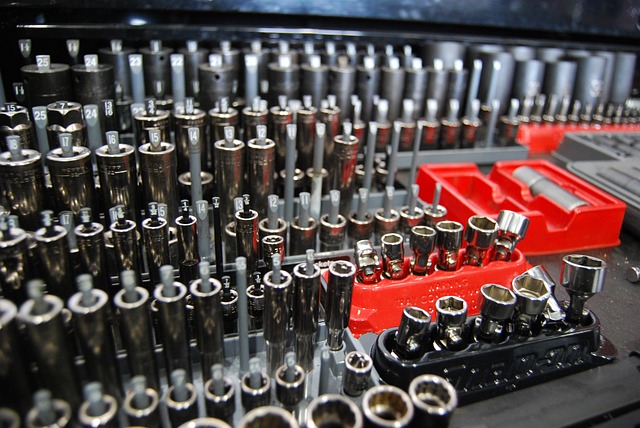
Training programs designed to develop certified PDR technicians should incorporate several essential components to ensure effectiveness and success. Firstly, a comprehensive curriculum covering all aspects of car paint repair (PDR) is crucial. This includes not only the technical skills required for auto painting and auto body repair but also practical, hands-on experience using various tools and equipment.
Secondly, engaging and interactive learning methods are vital. Workshops, demonstrations, and group exercises that simulate real-world scenarios allow trainees to apply their knowledge in a dynamic environment. Additionally, mentorship programs pairing seasoned technicians with aspiring learners can provide valuable guidance, fostering a deeper understanding of the craft and ensuring the development of skilled, certified PDR technicians.
Current Trends and Innovations in PDR Technician Education
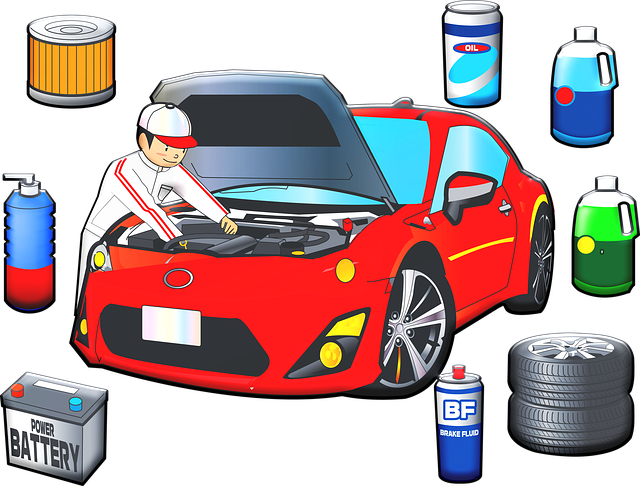
The landscape of automotive training is ever-evolving, and the demand for skilled certified PDR technicians continues to rise. Current trends in PDR technician education reflect a shift towards more interactive and comprehensive learning experiences. Modern training programs go beyond traditional classroom instruction, incorporating hands-on workshops, virtual simulations, and real-world application exercises. This immersive approach ensures that aspiring technicians gain practical skills in vehicle paint repair, fender repair, and vehicle body repair, preparing them to excel in the dynamic automotive industry.
Innovations such as digital training modules and advanced simulation technologies are revolutionizing the way PDR technician education is delivered. These tools enable students to learn at their own pace, access a vast library of instructional resources, and gain experience with state-of-the-art equipment. As the demand for precision and quality in vehicle body repair increases, these progressive training methods ensure that certified PDR technicians are equipped with the knowledge and expertise necessary to meet the evolving needs of modern automotive customers.
Training programs that equip individuals with the skills needed to become certified PDR technicians are evolving to meet the demands of a dynamic industry. By integrating practical, hands-on experience alongside cutting-edge technology and industry insights, these programs ensure graduates are well-prepared to excel in their roles. With an emphasis on continuous learning and staying abreast of emerging trends, the future of certified PDR technicians looks promising as they play a vital role in the automotive repair and restoration sector.
